-
main-collection-product-grid
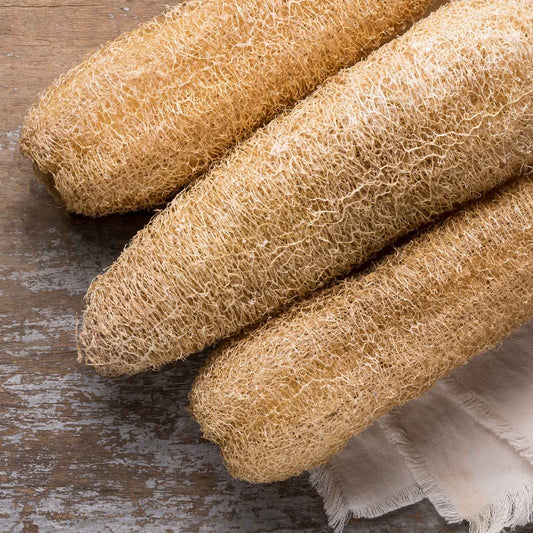
Gourd Seeds - Luffa
Source of the popular bathroom and kitchen scrubberGourd Seeds - Luffa
Source of the popular bathroom and kitchen scrubberRegular price As Low As $4.99Regular priceUnit price per -
main-collection-product-grid
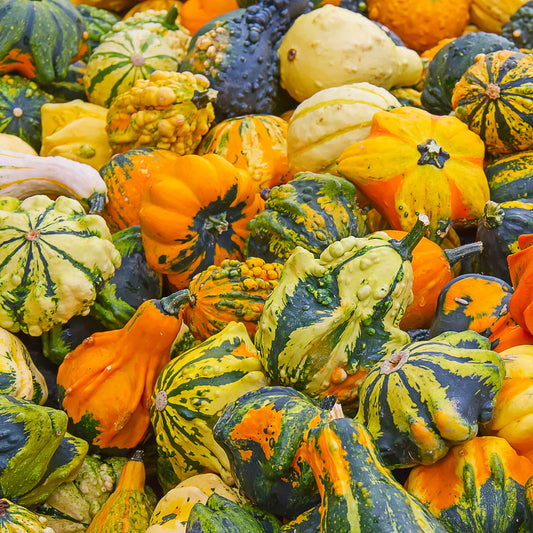
Gourd Seeds - Small Mix
A motley mix of small, decorative gourdsGourd Seeds - Small Mix
A motley mix of small, decorative gourdsRegular price As Low As $4.99Regular priceUnit price per -
main-collection-product-grid
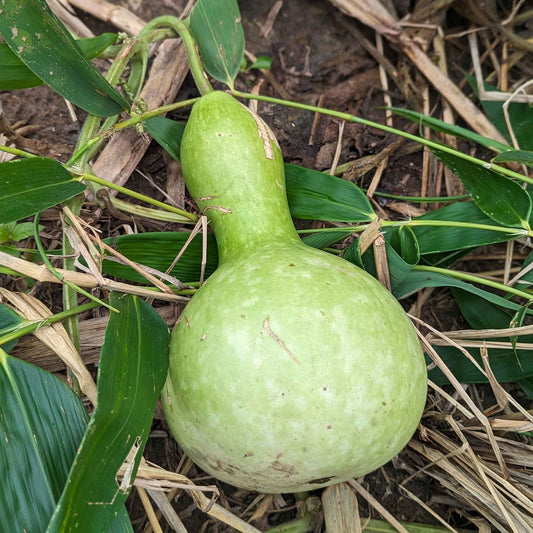
Gourd Seeds - Birdhouse/Bottle
Classic crafting gourd with a birdhouse shapeGourd Seeds - Birdhouse/Bottle
Classic crafting gourd with a birdhouse shapeRegular price As Low As $4.99Regular priceUnit price per -
main-collection-product-grid
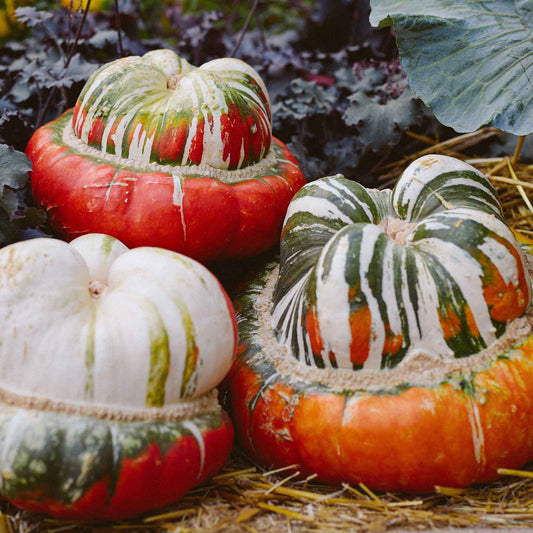
Gourd Seeds - Turks Turban
Wonderful culinary and ornamental useGourd Seeds - Turks Turban
Wonderful culinary and ornamental useRegular price As Low As $4.99Regular priceUnit price per -
main-collection-product-grid
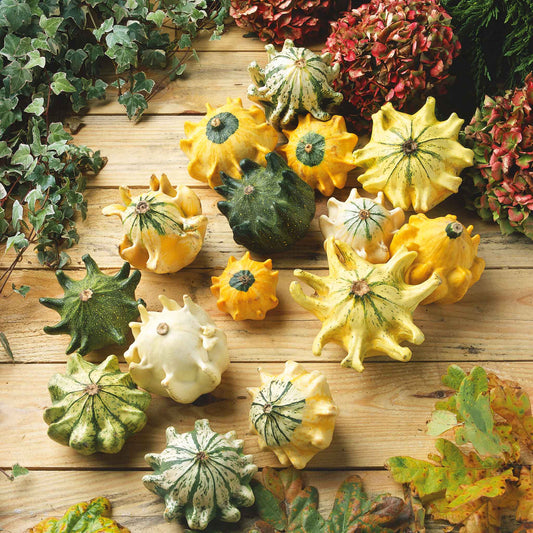
Gourd Seeds - Shenot Crown of Thorns
Fast growing, multi-colored mixGourd Seeds - Shenot Crown of Thorns
Fast growing, multi-colored mixRegular price As Low As $4.99Regular priceUnit price per -
main-collection-product-grid
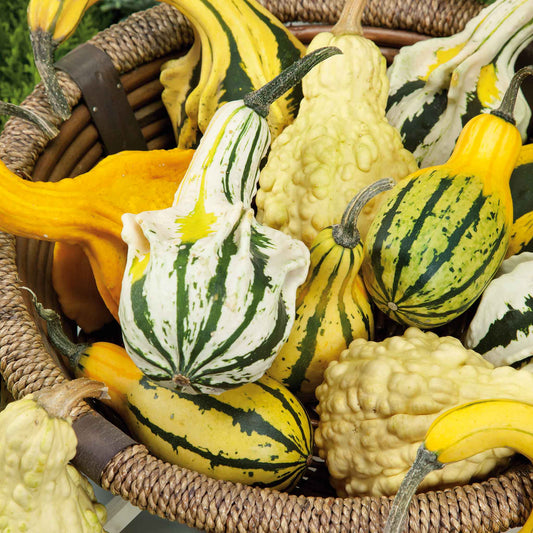
Gourd Seeds - Large Mix
A diverse mix of shapes and texturesGourd Seeds - Large Mix
A diverse mix of shapes and texturesRegular price As Low As $4.99Regular priceUnit price per -
main-collection-product-grid
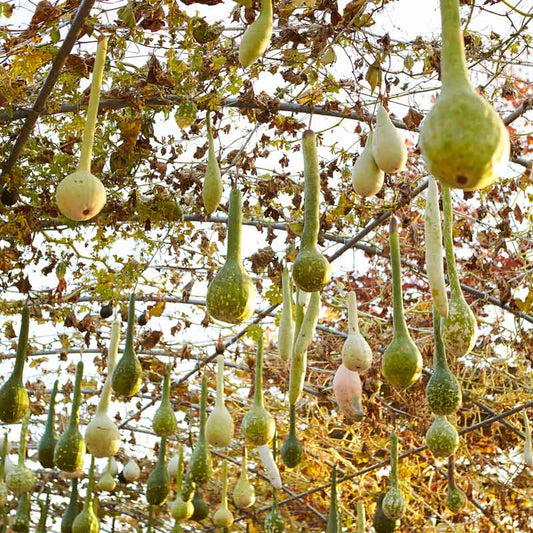
Gourd Seeds - Dipper
Favored for crafting large ladlesGourd Seeds - Dipper
Favored for crafting large ladlesRegular price As Low As $4.99Regular priceUnit price per
What we love about planting gourd seeds
- Thrives in bright, sunny growing areas
- Offers a multitude of uses from culinary to crafty
- Can be directly sown or started indoors
- Member of the cucurbit family, which includes cucumbers, squash, and melons
Growing heirloom gourds is easy
You can grow a gourd if you can grow a squash! Both have remarkable similarities in terms of germination and development, but there is one major difference: when to harvest. Harvesting heirloom gourds may be one of the most pleasurable aspects of cultivating them! Gourds are harvested after the vines have died, which is significantly later than squash or pumpkins. The rind will be able to cure and toughen on the vine in this manner.
Gourds are tasty, easy-to-grow fruits with a unique shape that may be substituted for squash. Heirloom Birdhouse/Bottle Gourds from Eden Brothers may be used to construct homes for feathered friends, while Heirloom Turks Turban Gourds can be used for culinary purposes.
When to start heirloom gourd seeds for the best results
Start heirloom gourd seeds inside six to eight weeks before the last frost in cooler zones. In warmer climates, you may start your seeds three to four weeks before the last frost date. The average percentage of seeds that germinate is 60 to 80 percent. After sowing your heirloom gourd seeds, they will develop and be ready to harvest in around 180 days.
Full sun exposure and organically rich, well-draining soil are ideal for gourd plants. Heirloom gourds grow best on hills made of old compost and dirt with temperatures ranging from 75 to 85F. You may want to build up a trellis depending on the kind and purpose of your gourds. Allowing your heirloom gourds to reach and climb up a trellis can prevent them from developing a flat spot, which may happen when they're grown on the ground.
How to grow the largest gourds
Sow seeds one to two inches deep, four to five seeds per hill, four inches apart. The rows should be roughly five to ten inches apart. The greater space between the seeds, the larger your heirloom gourds will grow. Thin the seedlings to two or three per hill as they sprout. Water on a regular basis. Harvest your gourds before the cold weather arrives and store them in a cool, dry location for several weeks to cure. To remove them from the vine, make a clean cut with sharp scissors, leaving a portion of the stem intact.
Great companion plants for heirloom gourds
Broccoli, radishes, dill, catnip, and French marigolds are all good companion plants for heirloom gourds.
For more information about planting, growing, and caring for heirloom gourd seed, see the Gourd Seeds Planting Guide.






